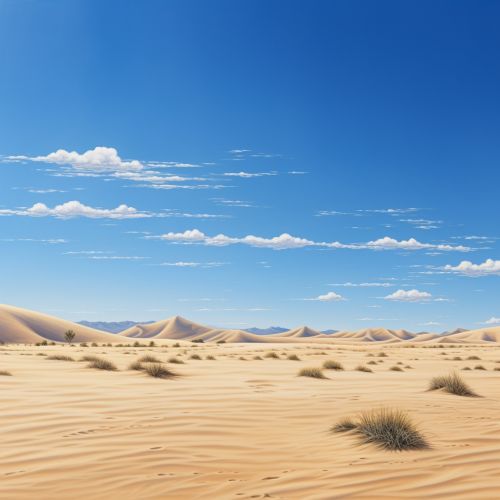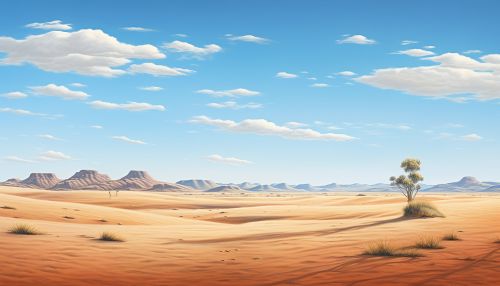Deserts of the World
Introduction
Deserts are some of the most intriguing and diverse biomes on Earth. Covering approximately one-third of the planet's land surface, these arid regions are characterized by low rainfall, extreme temperatures, and unique adaptations by the plants and animals that inhabit them. This article delves into the various deserts of the world, exploring their geographical distribution, climatic conditions, and the rich biodiversity they support.
Classification of Deserts
Deserts are typically classified into four types: subtropical, cold winter, coastal, and polar. Each of these desert types exhibits distinct characteristics and is found in specific regions around the globe.
Subtropical Deserts
Subtropical deserts are found near the tropics of Cancer and Capricorn. They are characterized by high temperatures throughout the year, with minimal and unpredictable rainfall. The Sahara Desert, the world's largest hot desert, is a prime example of a subtropical desert.
Cold Winter Deserts
Cold winter deserts, also known as semi-arid or temperate deserts, experience hot summers and cold winters. Rainfall is low but more predictable than in subtropical deserts. The Great Basin Desert in the United States is a notable cold winter desert.
Coastal Deserts
Coastal deserts are found in relatively cool coastal areas. They are characterized by cool winters and long, warm summers. The Atacama Desert in Chile, considered the driest place on Earth, is a coastal desert.
Polar Deserts
Polar deserts, located in the polar regions, are the coldest of all deserts. They receive little precipitation, mostly in the form of snow. The Antarctic Desert is the world's largest desert, and it falls under this category.


Desert Climate
The climate in deserts is predominantly dry, with rainfall levels typically below 250mm per year. However, the temperature range can vary greatly depending on the type of desert. Subtropical deserts experience extremely high temperatures, often exceeding 40°C, while in polar deserts, temperatures can drop below -40°C.
Desert Biodiversity
Despite the harsh conditions, deserts are home to a wide variety of flora and fauna. These organisms have developed unique adaptations to survive in the extreme desert environment.
Flora
Desert plants, such as cacti in the subtropical deserts and shrubs in cold winter deserts, have adaptations like thick, waxy skins and deep root systems to minimize water loss and maximize water uptake.
Fauna
Desert animals, including reptiles, insects, and small mammals, have also adapted to the harsh desert conditions. For example, many desert animals are nocturnal, remaining inactive during the hot day and becoming active at night when temperatures are cooler.
Human Interaction with Deserts
Humans have inhabited and interacted with deserts for thousands of years. Ancient civilizations, such as the Egyptians in the Sahara and the Nazca in the Atacama, developed innovative methods to survive in these arid landscapes. Today, deserts are used for a range of activities, from agriculture and mining to tourism and scientific research.
Conservation and Threats
Deserts, like all biomes, face threats from climate change and human activities. Overgrazing, mining, and urbanization can lead to desertification, while climate change can alter desert ecosystems and threaten biodiversity. Conservation efforts are crucial to preserve these unique landscapes and their biodiversity.
